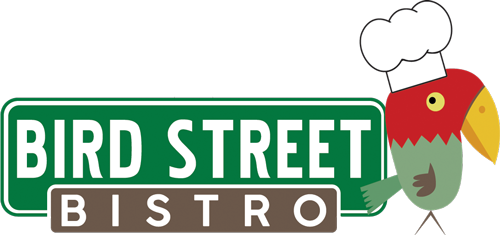The African Grey Handbook, Parrot Care, Diet and Tips
What Makes an African Grey Parrot Different From Other Birds?
African grey parrots are uncommonly intelligent. In fact, bringing one into your home can often feel like you're bringing a new human into the mix! Some research shows that African grey parrots operate at the cognitive level of a six-year-old human! This news may be exciting if you're looking for a bird that will be a true companion and mind match! However, it's important to know that owning an African grey can be overwhelming if you've never owned a bird before. In fact, African grey parrots are not typically recommended for people with particularly busy lifestyles. What's more, these precocious beauties typically have life spans lasting between 40 and 60 years. It's important to really grasp the responsibility of making a lifetime commitment to loving and caring for an African grey parrot. It's also important to really consider your noise tolerance. African greys have a reputation for being noisy. Someone who is sensitive to sounds may not find life with an African grey to be enjoyable. In addition, boisterous greys can be disruptive in homes where infants or children routinely take naps. Just make sure you're prepared to tolerate and enjoy lively chatter from your extroverted, opinionated African grey before you make the commitment!
Our African Grey Handbook goes in depth about African Grey parrots' care and diet, check it out!
- Choosing a selection results in a full page refresh.
- Press the space key then arrow keys to make a selection.


